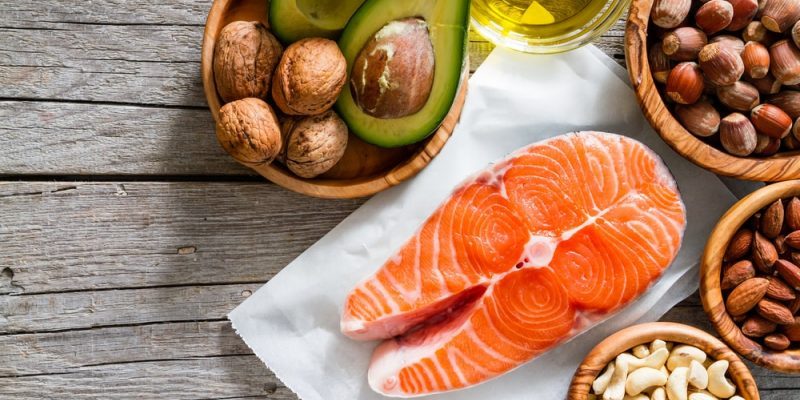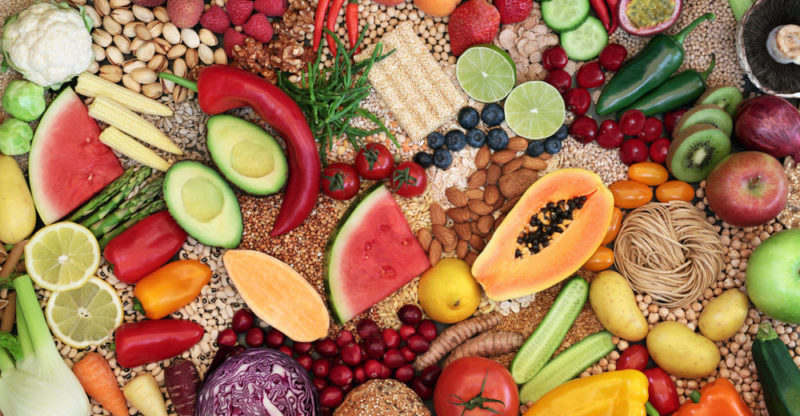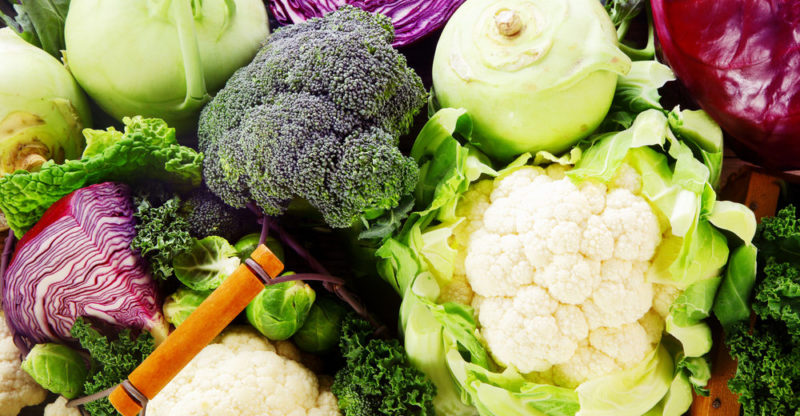We explain what carbohydrates are, what their structure is like and what they are for. Also, what are its general characteristics and examples.
What are carbohydrates?
Carbohydrates (also called carbohydrates, carbohydrates or saccharides) are biomolecules made up of chains made up of carbon , hydrogen and oxygen , although they can also contain sulfur , nitrogen or phosphorus. They are characterized by their sweet taste and for being a quick source of energy for the body.
Characteristics of carbohydrates
- Its chemical bonds are covalent and do not break easily.
- They are molecules that store a lot of energy.
- They are the most abundant organic molecules on the planet.
- They are a fundamental part of living beings.
Functions of carbohydrates
Power source

The main characteristic of carbohydrates is that they fulfill an energetic function in the body . The simpler the carbohydrate molecule, the faster it is converted by certain processes that occur in the body into energy. For this reason, glucose (which is a monosaccharide) is one of the main energy molecules that is used to maintain muscle and neuronal activity in the human body .
The body only uses carbohydrates to store energy for short periods of time , for example, in the bloodstream. This is because a gram of carbohydrates stores 4 calories, while a gram of fat (lipids) stores 9 calories.
For this reason, the human body stores energy in the long term in the form of fats . When excess carbohydrates are consumed, that is, more than is required for immediate energy, the body transforms them into fat for storage.
Plant structure
Carbohydrates also fulfill structural functions in the cell and this is observed mainly in plants . Vegetables have a thicker cell wall than animals , which allows them to stand upright. This cell wall contains carbohydrates.
Soluble fiber

Dietary fibers are, for the most part, complex carbohydrates that cannot be digested by our body , so their function is not to provide energy.
Within dietary fiber, soluble fiber comes mainly from legumes, fruits and vegetables , and performs the function of lowering the level of cholesterol in the blood and blood pressure.
On the other hand, its presence in the blood allows regulating sugar and insulin levels , avoiding peaks that are harmful for people suffering from diabetes .
Insoluble fiber
Insoluble fibers are cellulose, hemicellulose, and lignans . These substances promote bowel movement and help give food volume and texture.
Food sources of insoluble fiber are whole grains and breads made from them, vegetables, wheat germ, and bran.
Types of carbohydrates
Monosaccharides

Monosaccharides or simple sugars are carbohydrates with the simplest molecular structure . These carbohydrates are not hydrolyzed, that is, they cannot be broken down into structures smaller than their molecule because they are unbranched carbon chains.
They are sweet in taste and are soluble in water . Examples of monosaccharides are glucose, fructose, and galactose.
Disaccharides

Although disaccharides are a type of oligosaccharide , they require greater attention since they are the most abundant oligosaccharides in nature, where they are found as free structures.
They are formed from two identical or different monosaccharides . Hydrolysis of a disaccharide results in the individual monosaccharides that make it up. The most common disaccharides in food are:
- Sucrose . Binding of glucose and fructose. It is the common sugar.
- Lactose . Binding of glucose and galactose. It is the sugar present in milk
- Maltose . Union of two glucoses.
They are carbohydrates formed by the union of two to ten monosaccharides (they include disaccharides). However, oligosaccharides of three or more molecules are not usually found as free structures in nature like disaccharides but are bound to lipid or protein molecules .
Polysaccharides
 They are structures of more than ten monosaccharides and can be linear or have branches . Because they are complex carbohydrates, their molecules break down more slowly until they are converted by the body into glucose or other monosaccharides.
They are structures of more than ten monosaccharides and can be linear or have branches . Because they are complex carbohydrates, their molecules break down more slowly until they are converted by the body into glucose or other monosaccharides.For this reason, polysaccharides are the carbohydrates that must be selected as food to have a progressive flow of energy throughout the day. Examples of polysaccharides are cellulose and starch .
What are reducing sugars?
Reducing sugars are sugars that have the carbonyl functional group (= C = O) intact. These sugars are capable of reacting as reducing agents with other oxidant molecules and for this reason they are called reducing sugars.The importance of reduction is that these sugars can react with protein molecules .
All disaccharides are reducing , with the exception of sucrose. Glucose, a monosaccharide, is the most abundant reducing agent in the body.
Food sources of carbohydrates

- Cereals . Rice, wheat, barley, rye, oats, corn and all derived foods.
- Sugars . Sugar, honey, sugar cane, beets and to a lesser extent in milk.
- Tubers . They contain starch worse also simple sugars.
- Pulses . Chickpeas, lentils, peas, soybeans.
- Fruits and vegetables . Less proportional amount than the other foods.
MA student of the TransAtlantic Masters program at UNC-Chapel Hill. Political Science with a focus on European Studies. Expressed ideas are open to revision. He not only covers Technical articles but also has skills in the fields of SEO, graphics, web development and coding. .
Leave a reply
Your email address will not be published. Required fields are marked *Recent post

Sport: What Is It, Types, Risks, Features, Characteristics and Examples

Dogs: Emergence, Features, Characteristics, Feeding and Breeds

Story: Definition, Elements, Structure, Features and Characteristics

